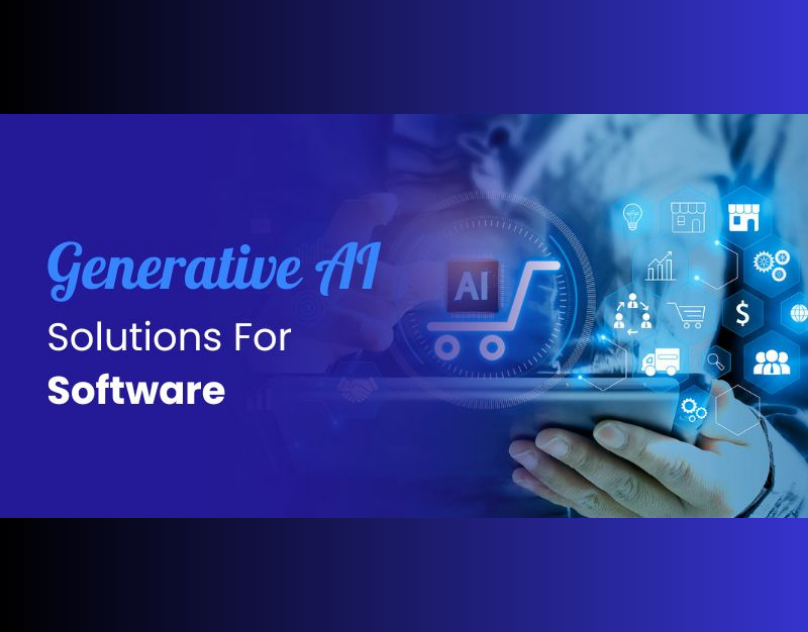Generative AI has rapidly evolved from a niche technology to a transformative force across industries. Its ability to create content, design solutions, and automate complex processes is reshaping how businesses operate. But where is this technology headed?
For decision-makers navigating the complexities of digital transformation, understanding the key trends in generative AI development is crucial. In this blog, we’ll explore the emerging trends in generative AI, its applications in enterprise solutions and cybersecurity, and how AI-powered automation is driving innovation.
The Evolution of Generative AI
Generative AI refers to algorithms that can generate new content, such as text, images, music, or even code, by learning patterns from existing data. While the concept isn’t new, recent advancements in machine learning, particularly in large language models (LLMs) like GPT-4, have propelled generative AI into the mainstream. These models are now capable of producing human-like outputs, enabling businesses to leverage AI in ways that were previously unimaginable.
The question on everyone’s mind is: How will generative AI shape the future? The answer lies in its ability to augment human creativity, streamline operations, and solve complex problems. From automating mundane tasks to enabling hyper-personalized customer experiences, generative AI is poised to become a cornerstone of modern enterprise strategies.
A MUST READ – What are the CIS Benchmarks for Cloud Security.
Key Trends in Generative AI Development
As generative AI continues to mature, several key trends are emerging that will define its future:
- AI in Enterprise Solutions
Enterprises are increasingly adopting generative AI to enhance productivity and innovation. From automating customer service with AI agents to generating personalized marketing content, the applications are vast. For instance, generative AI can analyze vast datasets to provide actionable insights, helping businesses make data-driven decisions faster.
One of the most exciting developments is the use of generative AI in product design and development. By simulating countless design iterations, AI can help engineers and designers identify optimal solutions, reducing time-to-market and costs. This trend is particularly relevant in industries like manufacturing, where AI-driven design tools are revolutionizing R&D processes.
[ Good Read: The Power Of Generative AI Observability ]
- AI in Cybersecurity
As cyber threats become more sophisticated, generative AI is emerging as a powerful tool in the fight against cybercrime. AI-powered systems can analyze network traffic in real-time, detect anomalies, and predict potential threats before they materialize. Moreover, generative AI can simulate cyber-attacks, allowing organizations to test their defenses and identify vulnerabilities proactively.
Another promising application is in threat intelligence. Generative AI can sift through vast amounts of data to identify patterns and trends, enabling cybersecurity teams to stay one step ahead of attackers. This is particularly critical as the volume and complexity of cyber threats continue to grow.
- AI-Powered Automation
Automation has long been a priority for businesses seeking to improve efficiency and reduce costs. Generative AI is taking automation to the next level by enabling systems to perform tasks that require creativity and decision-making. For example, AI can automate content creation, generate code, or even draft legal documents, freeing up human resources for more strategic activities.
In the realm of customer service, AI-powered automation is transforming how businesses interact with their customers. Chatbots and virtual assistants powered by generative AI can handle complex queries, provide personalized recommendations, and even resolve issues without human intervention. This enhances customer satisfaction and reduces operational costs.
- The Rise of Multimodal AI Models
Traditional AI models focus on specific data types, such as text or images. However, the future lies in multimodal AI, systems capable of processing and generating content across multiple data formats. These models will revolutionize user experiences by enabling more natural interactions between humans and AI.
For example, AI-powered virtual assistants will seamlessly process voice, text, and visual inputs to deliver personalized responses, making AI interactions more intuitive and human-like.
You can check more info about: The Future of Generative AI.

